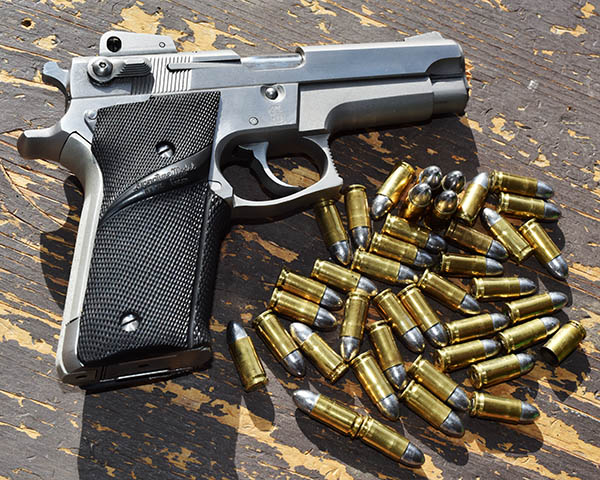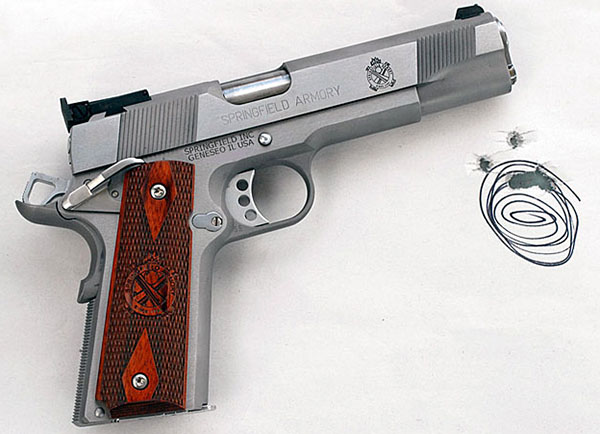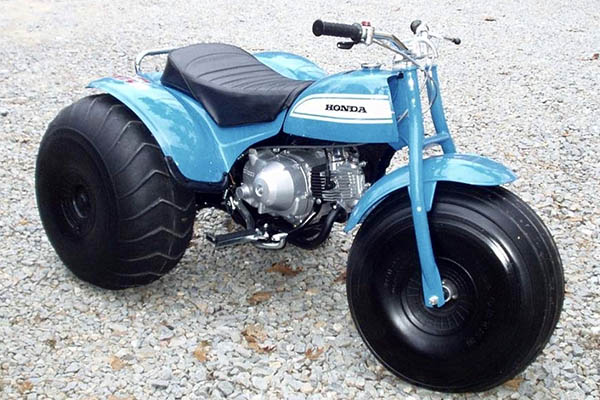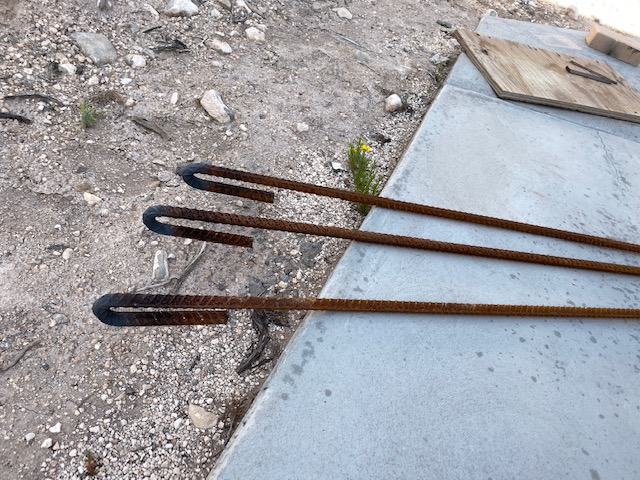
Tinfiny Ranch is a steep and rutted place. Located in the foothills of the Sacramento Mountains we get a lot of runoff. When it rains water flows through the joint with alarming speed carrying off soil as fast as I can put it back. After living here only 4 years we lost 18 inches of dirt and the house’s foundation was laid bare. The solution to handling intermittent, mass quantities of water is terracing and concrete. I built a long retaining wall and back filled it with dirt but I wanted a bit more tip resistance than just the extended foundation and concrete slab top would provide. The new grade is much gentler slowing the speed of the water and directing it away from the house.

Enter the tieback. The tieback is a belt and suspenders type of thing. In my case I bent a loop on pieces of 5/8” rebar, ground the ends as round as I could by free hand (If I only had a lathe!) and threaded the bar for 5/8 coupling nuts.

The nuts spin on to the threaded rebar until tight, but seeing as how the threads were kind of ragged on the rebar I decided to give them a lick of weld to ensure the bar won’t pull out of the nut. I used an Oxy-Acetylene welder because it’s the only type of welding I can still see.

After welding the tieback I dug a T-shaped hole for concrete. In this setup the concrete is mostly there to protect the rebar from rusting. Any tipping force on the wall tries to stretch the rebar and pull the cross piece through the dirt.

The rebar connects to a 5/8” threaded rod cast into the poured concrete columns. These poured columns tie each 8-foot section of wall together and have a L-shaped foot protruding on the fill side. The L-foot column is yet another tool to prevent tipping.
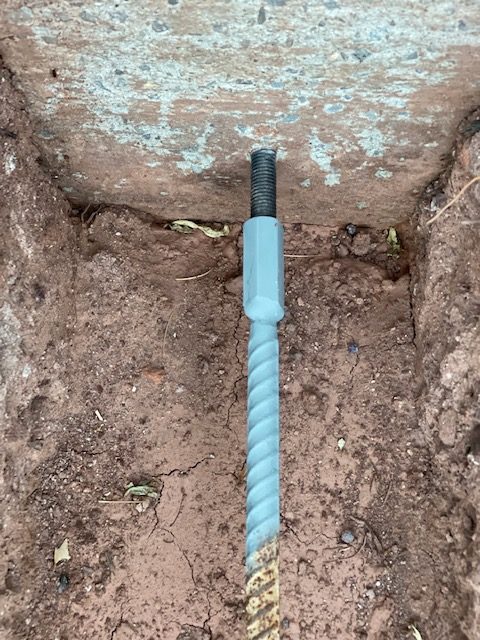
Once poured, the tie back is buried and the dirt compacted. About 6-feet long with a 24-inch cross bar, one of these tiebacks anchors each 8-foot section. The idea being the wall would have to move a lot of compacted, dry dirt to fall over.

The wall has 3/8” rebar every few cells of the block sections. This rebar is poured into the foundation of the wall and all the block cells are filled with concrete. The 3/8” rebar stands proud of the final slab elevation.

Capping all this monkey-motion, the protruding 3/8” rebar is bent over below the finished grade of the slab and tied to more steel. Another rebar runs parallel along the wall to emulate a cap. Then the slab is poured making a nice beer drinking or steak grilling patio.
Obviously if you’ve read this far you’ll realize I’m not an engineer so all this may be excessive or futile but to tip the retaining wall you’ll have to lever the foundation L-feet, pull the tie backs through the dirt and drag a 30-foot long by 10-feet wide patio across the ground. It’s not impossible given enough ground saturation but the wall is only 4-feet tall at its highest and I’m hoping the slab keeps the dirt beneath dry.
If this wall fails I’ll just leave it for fill and start another wall a few feet away from the wreckage. It’s been a fun project and I plan to extend the retaining wall another 30 feet after this year’s monsoon season is over.

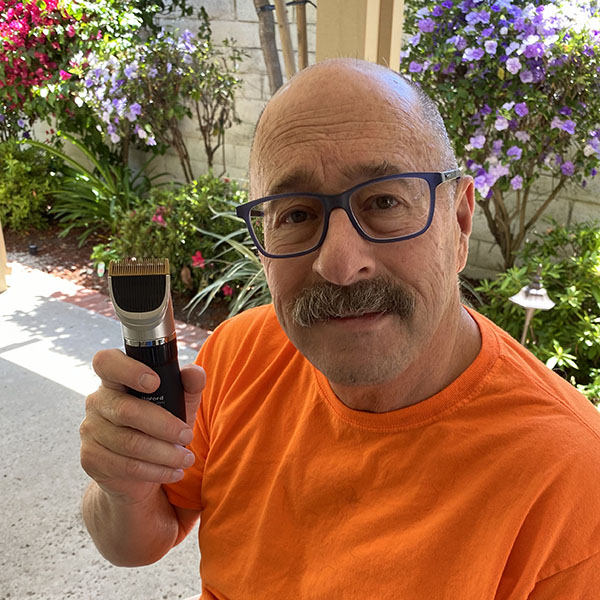















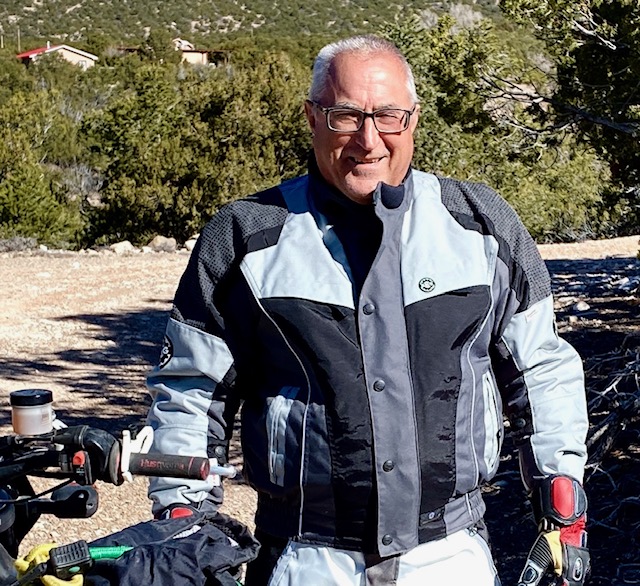
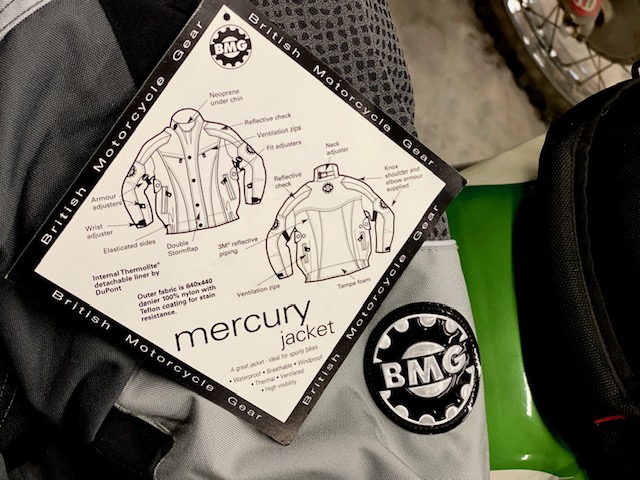
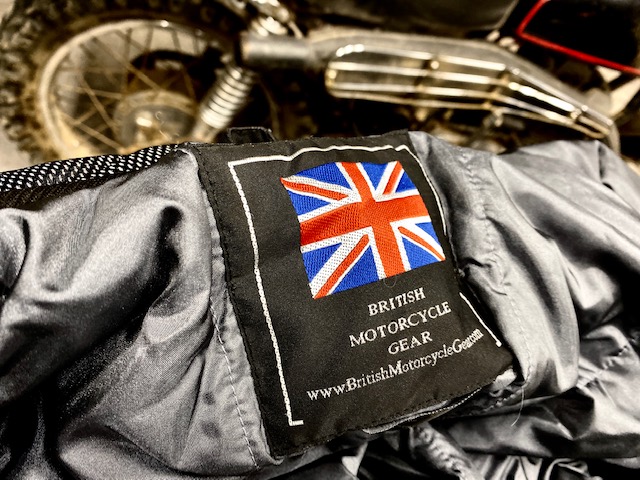
 Our most commented upon post last year? It was Joe Gresh’s
Our most commented upon post last year? It was Joe Gresh’s 
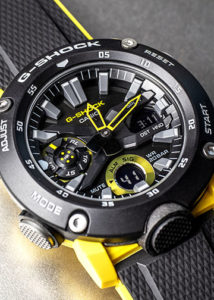 We’ve stepped on a few toes along the way. Some folks got their noses bent out of shape because
We’ve stepped on a few toes along the way. Some folks got their noses bent out of shape because 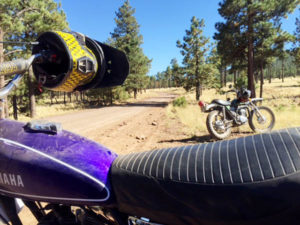 We did a lot of travel this year, but not as many motorcycle trips as we wanted. The Royal Enfields we took through Baja were fun, and we had a
We did a lot of travel this year, but not as many motorcycle trips as we wanted. The Royal Enfields we took through Baja were fun, and we had a 


